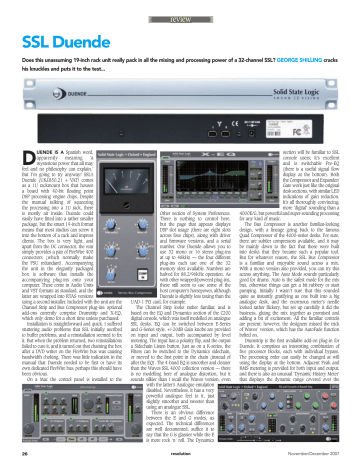

Scenario 1Ĭheck if the server certificate has the private key corresponding to it. We will follow a step-by-step approach to solve this problem. The problem is seen because the SSL handshake failed and hence the error message was seen. Now let's assume the website is accessible over http and we get the above error when trying to browse over https. You will need to have the website working on http first before continuing with this troubleshooter. If it is not, there likely is a separate issue not covered here. The first thing that has to be checked is whether the website is accessible over http. The following error message is seen while browsing the website over https: I am under the assumption the reader is well-versed in SSL Handshake and the Server Authentication process during the SSL handshake.ĭescription of the Secure Sockets Layer (SSL) Handshake:ĭescription of the Server Authentication Process during the SSL Handshake: The private key is known only to the server. It is important to know that every certificate comprises of a public key (used for encryption) and a private key (used for decryption). This is meant for troubleshooting SSL Server certificates issue only. If the Client certificates section is set to "Require" and then you run into issues, then please don't refer this document. Server Certificates are meant for Server Authentication and we will be dealing only with Server Certificates in this document. Client Certificates troubleshooting will not be covered in this document. This document will help you in troubleshooting SSL issues related to IIS only. Microsoft makes no warranties, express or implied. This material is provided for informational purposes only. This particularly occurs with the POST method, which is required for entering data and is blocked by some providers for security reasons when accessing HTML documents.By Kaushal Kumar Panday Tools Used in this Troubleshooter: The HTTP method is not allowed by the hosting provider of the website operator.The error lies in a URL resource of the web project in question, on the grounds that its programming requires its method to not be allowed. The ban of the HTTP method is from the website operator – in most cases, for security reasons.
#SSL DUENDE NATIVE ACTIVATION CODE SOFTWARE#

Three scenarios in particular can lead to a “Method Not Allowed” error message: The server isn’t aware when processing the request of the fact that you’re only interested in the website’s offer, for example, to fill out a contact form. This contradiction is quickly solved, though: If, as a browser user, you forward a request to the webserver with an HTTP method that it doesn’t allow due to its configuration, the error lies on the client side from the server’s point of view – in this case, the client simply made a wrong request.
#SSL DUENDE NATIVE ACTIVATION CODE CODE#
But since status code 405 technically belongs to the client error messages (codes with the pattern 4xx), this doesn’t seem to make sense. We have already indicated that the 405 error is caused solely by a server-side problem.


 0 kommentar(er)
0 kommentar(er)
